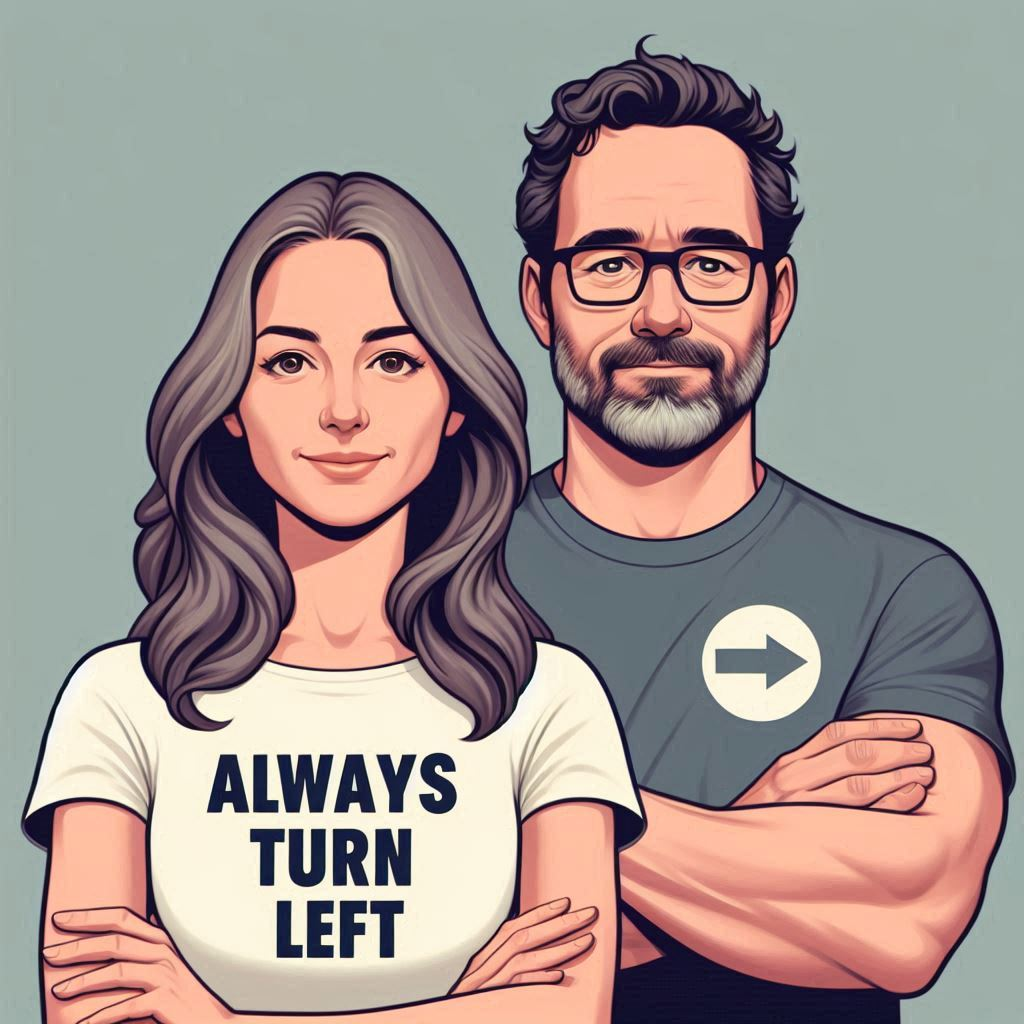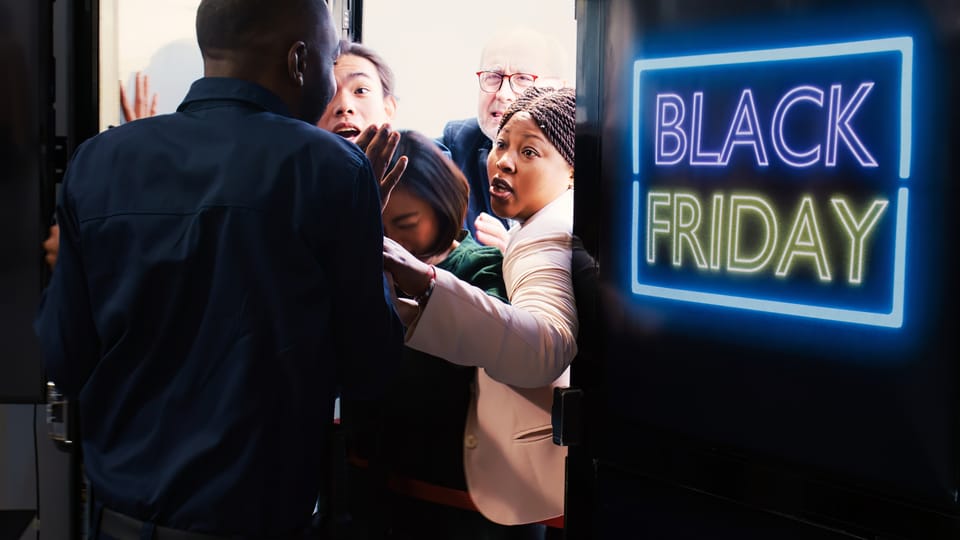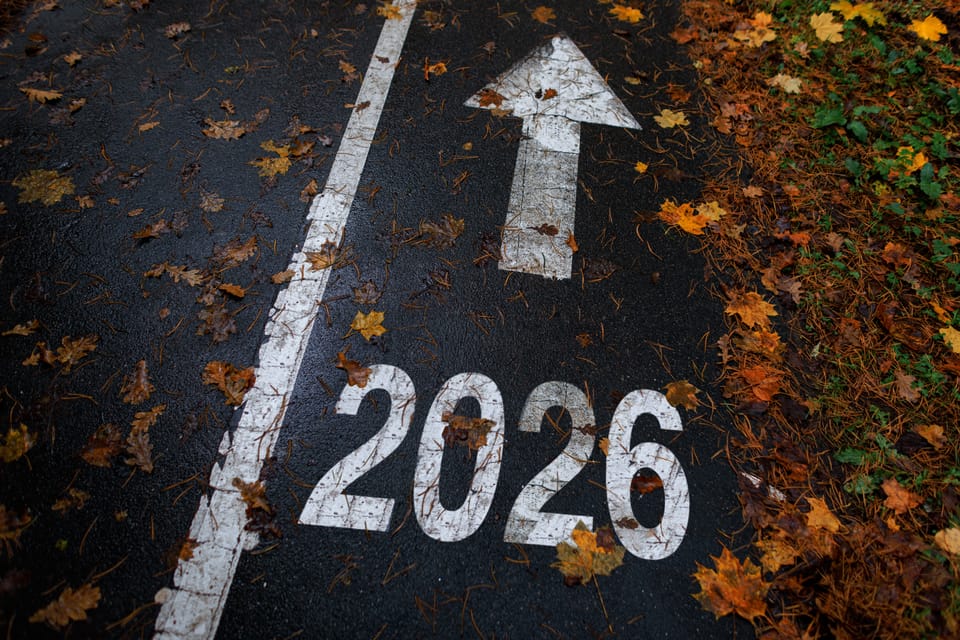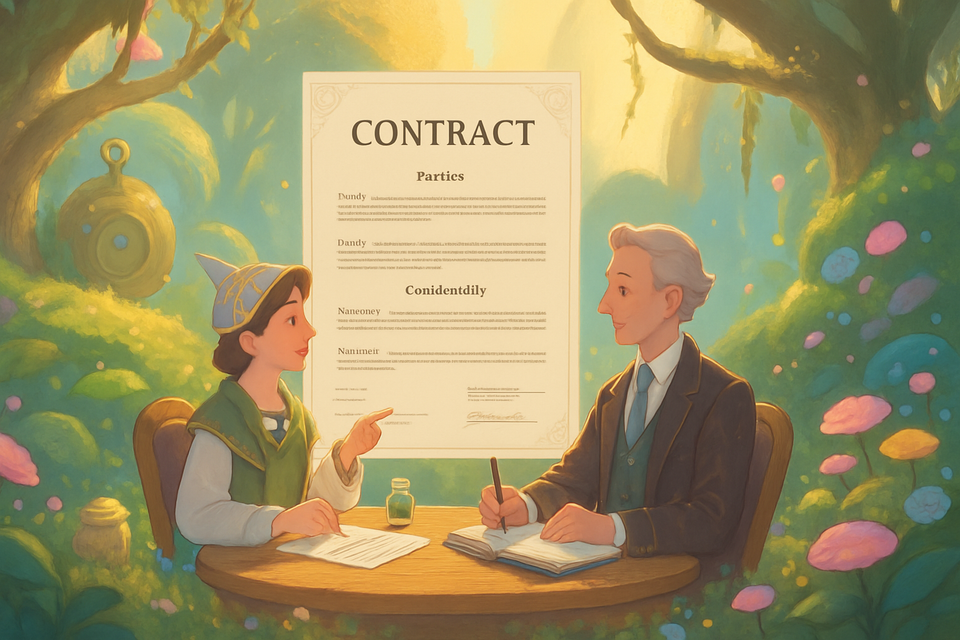Airlines Are Banks That Happen to Fly Planes
Airlines aren’t in transport - they’re minting money. United sold $6B+ in miles to banks at ~1¢; you redeem at 2–5¢ while dynamic pricing and breakage pad profit. The planes are props. The real business? A spreadsheet that prints cash.


If You Only Had 60 Seconds to Read This Article (Click Here 🗞️)
Every time you swipe a credit card, money doesn’t just move from your wallet to the merchant - it fractures. That $100 grocery run at Trader Joe’s? Trader Joe’s only pockets about $97. The rest vanishes into the reward machine: a slice to the bank, a slice to Visa or Amex, and a slice that bankrolls your points. Rewards aren’t a gift; they’re funded by higher merchant fees that everyone pays, whether you earn miles or not.
Airlines figured this out decades ago: the loyalty program is the business, the planes are just the props. United, Delta, and American sell billions of miles every year to Chase, Amex, and Citi at roughly a penny apiece. You think you’re flying free, but really you’re sitting on an accounting liability airlines are thrilled to sell. That “free” Paris trip? It was pre-purchased by a bank in bulk for pennies on the dollar.
Hotels play the same game. Marriott and Hilton don’t just run beds; they run printing presses. When Amex buys Hilton points for 0.5¢ each, Hilton turns around and charges you 95,000 points a night. The actual hotel gets reimbursed maybe $100, if that. Dynamic award pricing isn’t inflation, it’s margin control. You’re not burning points for value - you’re moving chips around a casino that Hilton owns.
And at the center of it all sit the banks. They profit on annual fees, interest, and interchange, then recycle a sliver of that back to you as “rewards.” It’s a closed loop: merchants fund it, debtors subsidize it, airlines and hotels inflate it, and banks orchestrate it. Call it a Ponzi, call it financial engineering - either way, the house never loses. The only question is whether you’re playing the game smart enough to come out ahead.
Everything else you need to know is just below 👇🏻
🎞️: Powered by NotebookLM @ UpNonStop
If you still think airlines make their money by selling seats from A to B, you’re living in 1997. The business that looks like transportation is, in practice, a high-margin financial machine with wings. United, Delta, American - pick your legacy - run one of the most profitable consumer finance operations on earth: loyalty. The planes are props; the spreadsheets are the show.
This isn’t a conspiracy. It’s GAAP. Airlines sell frequent-flyer miles wholesale to banks at roughly a penny apiece, then manage a giant ledger of promises - deferred transportation - until those promises either get redeemed (expensive) or quietly expire (deliciously cheap). In between, they algorithmically price awards so that customers feel clever while the margin math hums along in the background.
Let’s pull the curtain...
The Wholesale Side: Banks Buy Miles by the Truckload
Start where the cash starts: issuing banks. Chase, Citi, Amex, Capital One - these are the real “frequent flyers.” They buy miles in bulk from airlines at about ~1¢ per mile (industry chatter ranges around that penny mark, give or take a few tenths depending on scale, exclusivity, and contract quirks). Why do banks do this? Because miles sell credit cards.
Think about a typical co-branded pitch:
- Welcome bonus: 60k–100k miles after you spend $4,000 in three months.
- Ongoing earn: 1–4 miles per dollar depending on category.
- Perks: Free bag, priority boarding, maybe a lounge day-pass if you’re lucky.
For the bank, the welcome bonus is customer acquisition spend dressed up as magic points dust. If the bank pays the airline 1¢ per mile, an 80,000-mile welcome bonus costs the bank $800. The bank recovers that through interchange fees on your spending, annual fees, and - if you carry a balance - interest. The airline pockets real cash up front for virtual scrip that, crucially, it controls.
Zoom out. Suppose Chase buys 100,000,000 United miles at a penny each:
- Cash outlay by Chase: $1,000,000
- Miles inventory acquired: 100 million
- How many 80k bonuses is that? 100,000,000 ÷ 80,000 = 1,250 bonuses
- Acquisition cost per card (miles portion): $1,000,000 ÷ 1,250 = $800
That $800 is not the whole picture - there’s marketing, underwriting, rewards on everyday spend - but the skeleton is obvious. Banks write seven- and eight-figure checks for miles because the lifetime value of a transacting cardholder clears those costs with room to spare. Airlines love it because - read this twice - the cash arrives before the seat ever leaves the gate, and sometimes without any seat leaving the gate at all.
The Retail Side: Customers “Win” at 2–5¢ Redemptions… Sometimes
On the other side of the curtain, consumers trade those miles back to the airline for flights. Blogosphere wisdom pegs “good” redemptions in the 2–5¢ per mile range - business class sweet spots, clever partner awards, last-minute domestics when cash prices go nuts. That’s the intoxicating promise: earn at ~1¢ cost to the bank; redeem at multiple cents of “value.”
But value is slippery. It’s not the airline’s cost; it’s the cash price of the ticket you didn’t buy divided by miles redeemed. If a business-class seat sells for $3,000 cash or 120,000 miles, your spreadsheet says 2.5¢/mile. The airline’s spreadsheet says something else:
- What’s the incremental cost of filling that seat?
- Would the seat have sold for cash?
- How many taxes/fees can we make you pay anyway?
- Can we nudge you to a different routing where we control the inventory better?
Airlines don’t benchmark to your retail “value.” They benchmark to their unit economics and inventory control. They know exactly how many people will redeem on Tuesday versus Saturday, how close-in travelers behave, and how your newfound “savviness” bends under the weight of blackout dates and connection hell. The consumer can “beat” the system on a seat here and there. The airline wins the season.
Airline Accounting: Miles Are Liabilities, Levers, and Lottery Tickets
When an airline sells miles to a bank, accountants don’t just high-five and call it revenue. Under modern accounting rules, that transaction gets split:
- Cash comes in.
- A big chunk is recorded as a deferred revenue (or loyalty liability) - a promise to provide future travel when those miles are redeemed.
- Another chunk - marketing and other services - can be recognized sooner. (Airlines provide brand access, cardholder benefits, data, and co-marketing that have immediate value.)
The deferred pile sits on the balance sheet like unclaimed gift cards. As customers redeem, the airline recognizes revenue and reduces the liability. As customers don’t redeem - called breakage - the airline eventually recognizes revenue without any seat ever being flown. Breakage is the house edge of loyalty.
Two more levers matter:
- Dynamic pricing: Airlines set award rates algorithmically. There’s no fixed “25,000 miles domestic roundtrip” blueprint anymore; it’s demand-based, season-based, and sometimes mood-based. That gives airlines precise control over when revenue is recognized and how much liability they extinguish per seat.
- Partner settlement: Redeeming United miles on, say, Lufthansa triggers inter-airline settlement at negotiated rates. Those are often far lower than your cash “value” and sometimes lower than the airline’s internal cost to fly you themselves. Translation: partner awards can be profitable or at least controlled.
Accounting summary in brutal plain English:
- Miles sold = cash today.
- Redemptions = cost tomorrow (maybe).
- Breakage = free money.
- Dynamic pricing = throttle that controls all three.
Why This Prints Money Even When Flights Don’t
Airlines are cyclical. Fuel spikes, weather melts schedules, recessions yank business travel. Loyalty programs smooth the ride:
- Upfront cash flows. Banks prepay for miles, often under multi-year agreements that guarantee minimum volume.
- High-margin economics. The incremental cost to honor a redemption seat (especially if it would have gone out empty) is tiny compared to the face value of the points.
- Pricing power. Devalue the chart (or remove the chart entirely), and your liability shrinks overnight. That email you got about “enhancements”? That was a liability-side diet plan.
- Non-airline revenue. Co-brand royalties, data licensing, lounge access deals - loyalty throws off ancillary streams that aren’t tied to jet fuel or ATC meltdowns.
During shocks, the loyalty tail wags the airline dog. We’ve seen airlines collateralize these programs, break them out for valuation, or even consider spinning them off. Why? Because the spreadsheet business is often worth more than the airplane business. The market knows it, and so do the CFOs.
The Hypothetical, Unpacked: Chase, United, and Your “Free” Trip
Let’s make the math tangible.
Step 1: The Purchase
Chase buys 100,000,000 United miles at $0.01 each.
- Cash to United: $1,000,000 now.
- United’s books: Some of that is deferred (liability for transportation), some recognized as marketing/services revenue.
Step 2: The Marketing Machine
Chase waves an 80,000-mile sign-up bonus. The pure cost of that bonus is roughly $800 in miles purchased from United. Throw in a $95 annual fee, interchange on your spend (say you put $25,000 through the card at ~2% blended interchange = ~$500 gross), maybe some interest from revolvers - not you, of course; you’re responsible - suddenly the acquisition cost pencils out. Chase is happy.
Step 3: Your Redemption
You book a $500 domestic fare for 25,000 miles. Your “value” is 2¢/mile (500 ÷ 25,000). United’s cost depends on load factor and timing. If the seat would have flown empty, the incremental cost is peanuts - maybe a few dollars of catering and some loyalty accounting. If it displaced a cash buyer, the cost is higher. But remember: United already received cash from Chase long before you clicked “Redeem.”
Step 4: The Great Unseen
Not all 100 million miles get used. Some expire. Some sit in orphaned accounts. Some dribble away on gift cards and Wi-Fi. Breakage could be in the high single-digit percentage or more, which means millions of miles retired with no flight taken. That’s revenue recognition with no fuel burn.
The end state
United books pure profit on miles that never leave the ground, and respectable margin on many that do. Meanwhile, Chase acquires cardholders who produce fees for years. You feel like you got a deal. Everyone smiles. The only entity not smiling is the Boeing 737 that had nothing to do with most of the cash that changed hands.
Dynamic Pricing: The Spreadsheet Throttle
Loyalty used to be simple: 25k miles domestic, 50k to Europe, a tidy award chart you could memorize. Then someone taught the algorithm to yield-manage awards like seats. Now:
- Peak vs. off-peak: Miles required swell with demand.
- Origin-destination logic: A single connection can double or halve the award price.
- Calendar nudges: The cheapest day is Wednesday at 11:20 a.m., and you mysteriously have that day “free.”
- Cash-co-pay hybrids: Taxes and fees creep up; “miles + money” options appear; the slider never seems to slide in your direction.
From the airline’s perspective, dynamic pricing lets them tune three dials at once:
- Customer behavior (steer redemptions to lower-cost flights),
- Liability management (retire more/less miles per seat as needed), and
- Revenue timing (recognize more now, less later).
When executives say “we’re aligning award pricing with the market,” translate to: “we’re making the spreadsheet do the flying.”
Breakage: The Nicest Word in an Airline CFO’s Vocabulary
Breakage is miles that never get redeemed. Reasons abound:
- People forget, move, or die.
- Accounts fall below minimum thresholds.
- Devaluations scare customers into hoarding - then hoarders miss windows.
- Odd leftovers (you redeemed 59,500 miles, 500 remain) gather dust.
Every unredeemed mile represents cash already banked against a service never delivered. Companies estimate breakage using historical behavior and adjust over time. When the estimate rises, airlines can recognize more revenue from miles earlier. When consumer activity spikes (say, post-pandemic travel revenge), they may adjust the other way.
Breakage is not just “free money,” though it feels like it. It’s a risk buffer. If macro conditions turn and customers suddenly redeem en masse, the airline needs inventory and capacity to honor that demand - or a pricing lever to curb it. Which, of course, they have.
The Bank–Airline Treaty: Data, Exclusivity, and a River of Cash
These are not arms-length one-off purchases. They’re complex, multi-year commercial alliances with:
- Minimum purchase commitments (the bank must buy billions of miles annually).
- Exclusivity (the airline won’t cozy up with another big issuer in the same domestic market).
- Data sharing (spend patterns, traveler profiles, segmentation gold).
- Marketing rights (card pitch on the plane, in the app, at checkout).
- Perks integration (free bag, priority boarding, elite boost mechanics).
The bank gets a differentiated product in a crowded card market. The airline gets a kind of annuity. If you’re wondering why airlines protect their loyalty programs like dragon hoards, this is why. In bad times, it’s collateral. In good times, it’s a dividend machine.
But Wait - Isn’t This… Risky?
Sure. A few pressure points keep CFOs honest:
- Inflation of miles. Issue too many miles relative to your redemption capacity, and you create a liability time bomb. Solution: devalue, add peak pricing, prune sweet spots.
- Customer trust. Nuke the value too often and people disengage. Banks notice when their card proposition dulls.
- Regulation. If interchange caps ever tighten in the U.S. (as they did in the EU), the economics for banks weaken, and the river of mile purchases could slow.
- Supply-demand whiplash. Post-shock travel waves can send redemption demand through the roof. If you can’t provide seats at sensible mile prices, you’ll either disappoint or dilute.
Airlines aren’t naive. They hedge with partnerships (alliances widen the redemption map), off-peak carrots, and a steady drumbeat of “enhancements” that keep the spreadsheet in fighting shape.
How Savvy Travelers Coexist with the Machine
You can still do well as a consumer - just don’t confuse your spreadsheet with theirs.
- Chase earn where you redeem. Earning United miles is most valuable if you actually fly partners where United’s charts (or lack thereof) still spit out decent deals.
- Use miles fast. Hoarding is an inflation strategy - for the airline, not for you.
- Hunt partners, not flagships. The best value often sits on alliance partners where settlement rates favor you.
- Know the dials. Mid-week, shoulder season, secondary hubs - award engines smile on the flexible.
- Cash vs. miles ruthlessly. Under 1.2–1.5¢/mile of realized value? Pay cash and keep your miles dry. Over ~2¢? Take the win and move on.
Even if you “win” regularly, the airline keeps the edge because it owns the table. Your wins are loss leaders baked into the marketing plan.
The Punchline: Airlines Aren’t in the Transportation Business
When you add it all up, the silhouette is unmistakable:
- A product (miles) minted at will and sold at a predictable wholesale price to financial institutions.
- A captive demand channel (co-brand cards) that keeps issuance high regardless of load factors or fuel prices.
- An elastic liability (unredeemed miles) that can be remeasured and managed with pricing levers.
- A monetization flywheel (breakage, partner settlement, dynamic pricing) that converts future obligations into present-day margin.
That’s not aviation - that’s financial engineering delivered through a loyalty interface. Or, to put it less politely:
United’s not in the transportation business - they’re in the spreadsheet business. The plane is the delivery mechanism. The product is a point. The profit is the spread between what a bank pays for that point and what it costs the airline - today, tomorrow, or never - to make good on it.
Once you accept that, the headlines make sense. “Record co-brand revenue.” “Loyalty program valuation.” “Another award chart enhancement.” Those aren’t airline stories. They’re banking stories in airline clothing.
Epilogue: What This Means for You (and for Them)
For you:
- Treat miles as a perishable currency. Earn with intent, burn with urgency.
- Value points honestly, not aspirationally. Your “5¢/mile” unicorn redemption is great; your average matters more.
- Diversify across flexible currencies if you want leverage. Airline-specific miles are subject to one company’s dials.
For them:
- Keep selling miles at scale, temper redemption pressure with dynamic pricing, harvest breakage responsibly, and protect the co-brand moat.
- Never forget the core competency: not routing, not catering, not even on-time performance - it’s balance-sheet management of a synthetic currency.
Airlines may move people, but loyalty moves the numbers. And numbers, not airplanes, run the show.




